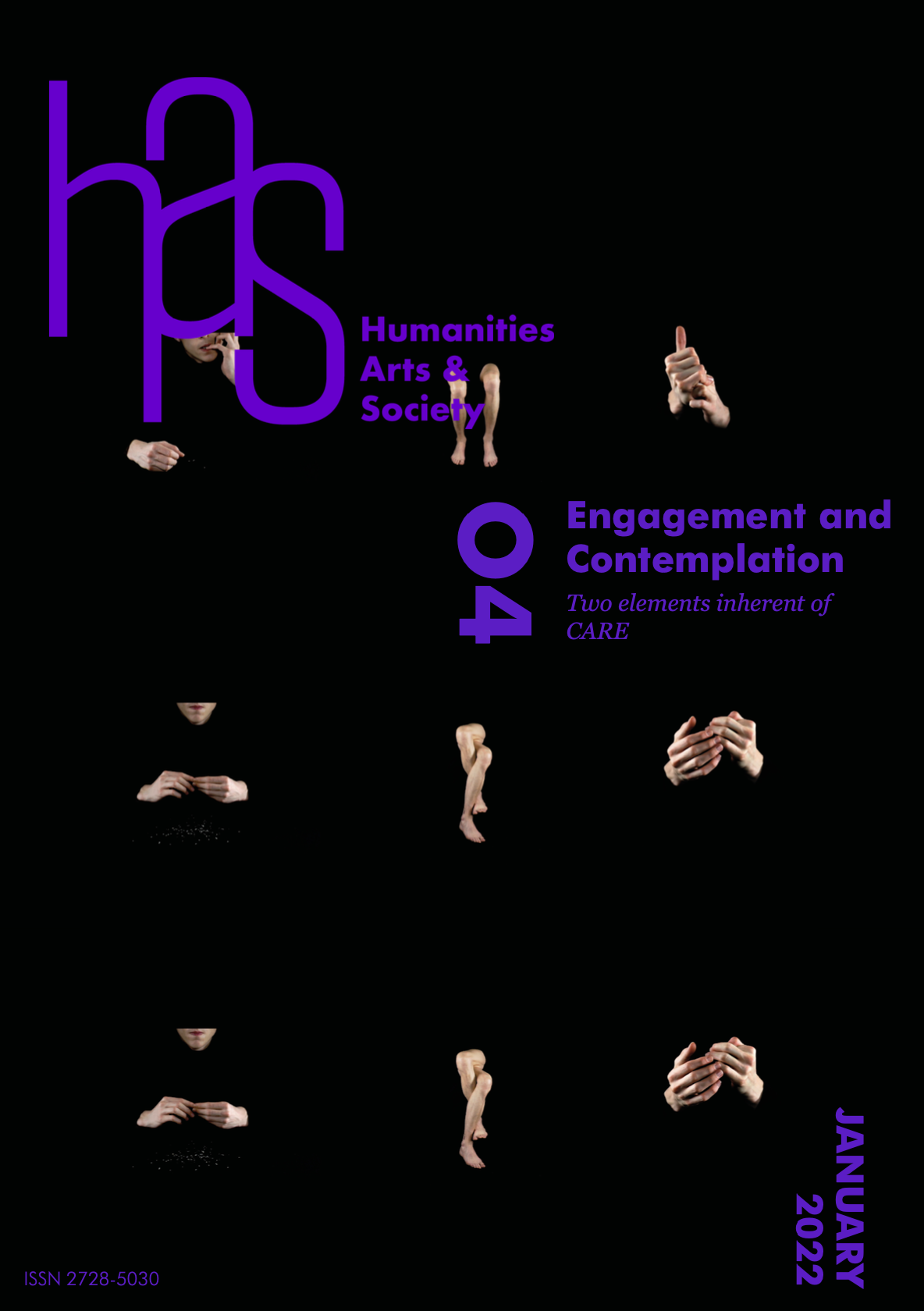
In dialogue with Embroidered Memories
An art project by Tal Waldman – Talva D.
«I feel concerned», «I am concerned», «I am fully aware», «I am conscious and vigilant», or «I don’t care»… So many expressions that show that caring may apply to a mindful of aspects merging from awareness, being in contact with the world, react, care or reject.
The ethics of care is a fundamental aspect of all relationships between human beings and between human and other beings or things1. Caring demonstrates the relationship between a person and other beings that are in direct or indirect connection with that person.
Care is a network of social relations, a practical and theoretical universe of elements in which one maintains oneself within the network while meeting the needs of both self and others. All people are interdependent, as all-natural organisms and things are interdependent with the other elements of nature.
Thus, care is most often defined as a practice or a virtue rather than a theory as such, since “care involves maintaining the world of, and meeting the needs of, our self and others.”2
An artist has a commitment to society that lies not only in creating aesthetic objects but also in taking the role of communicator—influencing, provoking, proposing, and criticising. Artists offer their audience the opportunity to discover themselves, the other, and the planet.
The anti-war and anti-bourgeois artists of the Dada movement searched for ways to answer the horrors of the First World War. In doing so, they questioned every aspect of society, including the role of art in everyday life. Duchamp’s art questioned Western society’s concept of beauty, and of artistic value. Charlotte Posenenske, a constructivist minimalist artist, posed questions about the value of art and its social accessibility. For her, art should be playful, educational, and useful, should enhance peoples’ environments, and should contribute to better social and work spaces. The Fluxus artists promoted art as non-precious and non-elitist, producing Situationist art while participating in the 1968 revolution, exposing the divisions that exist between artists and the public by producing art that is not for all. They addressed political and social issues with action.
The artist will underline the crises in modern societies, one being its loss of empathy. Empathy and compassion are essential to maintain the ability of human beings to live together. Advocates for the arts and the humanities have offered new visions within their disciplines, with partial solutions to issues of education, health, and the environment, offering paths, lessons, and overtures to empathy.
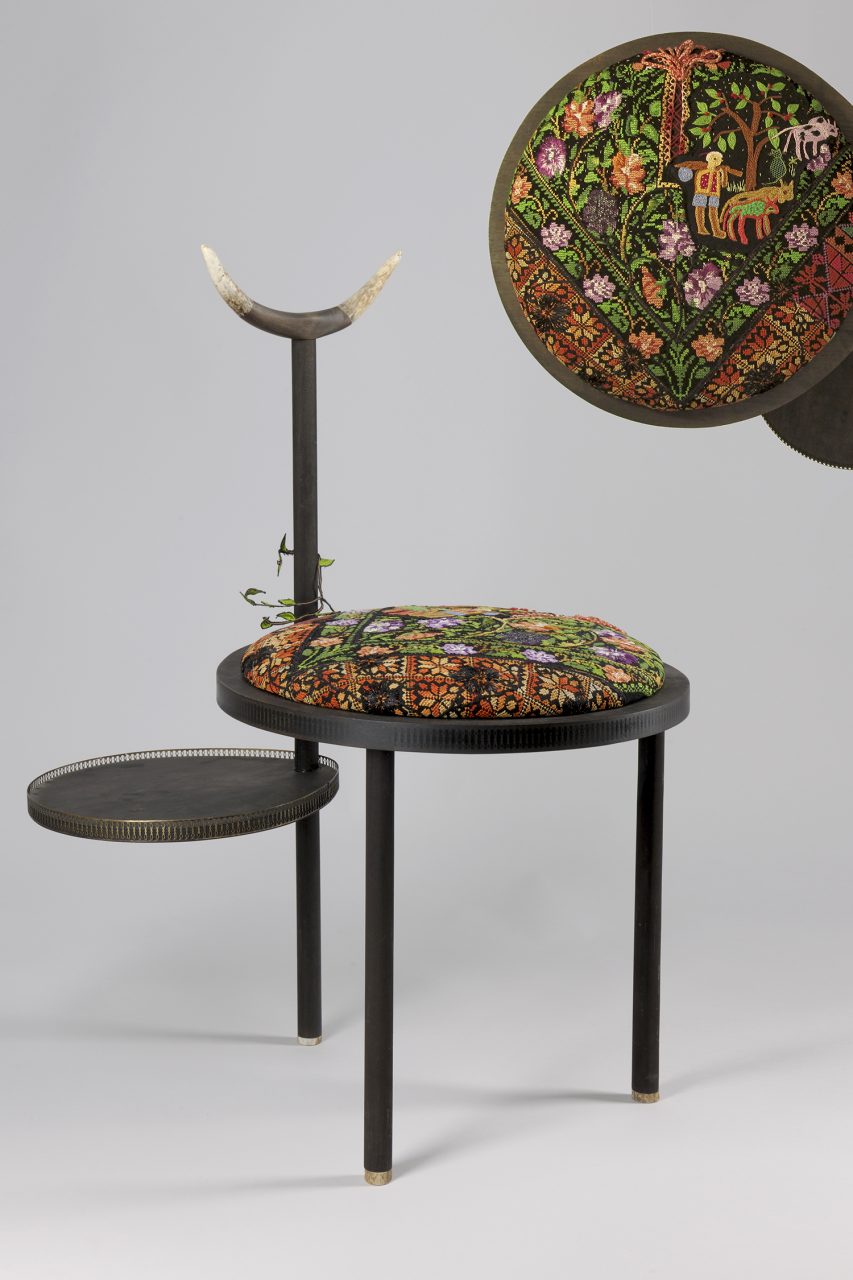
Training in the arts and the humanities can allows for a mediation tool in all fields of life: fostering the virtues of listening, inter-cultural sensitivity, empathy, and a commitment to humanism. Literature, for instance, challenges readers to see the world from the perspective of another person, and to develop empathy for the characters. Music can develop the emotional skills of listening and attention. Theatre offers active and sensitive interactions with others. The arts open minds to the acknowledgements of diversities and of human experiences and their pluralism across all places and times.
At the turn of the 20th century, the Austrian art historian Alois Riegl recognized that art is incomplete without the perceptual and emotional involvement of the other. According to Upali Nanda, a professor of architecture at the University of Michigan, “The appreciation of art and the response to art is heavily based on human perception.”3 Her statement recognises that artistic expressions are dependent upon the experiences they provoke. In other words, art is a form of the caring found between all living organisms.
Artists engaged with social issues are aware that global understanding necessitates bridging the gap between local acts and global ones. The role of cross-cultural dialogue, which uses creative methods to deal with issues of the humanities and of the environment, requires people to learn and to understand their locally-embedded lives and influences within a global context.
Care ethics, historically attributed to and rooted in feminist theory, was originated by Carol Gilligan4, an American philosopher, psychologist ,and feminist. Gilligan created a moral development theory that she discovered following interviews with women. She found that the process of decision was different between women and men. According to Gilligan, women focus on connections with people, driven by a personal ethic of care for people instead of one of collective justice. The normative rules and morals of justice, defined by organized culture, are often determined by personal situations and compassion5. Her conclusion focused on our connections with each other, via emotionally-based virtues such as kindness, mercy, care, friendship, reconciliation, and sensitivity.
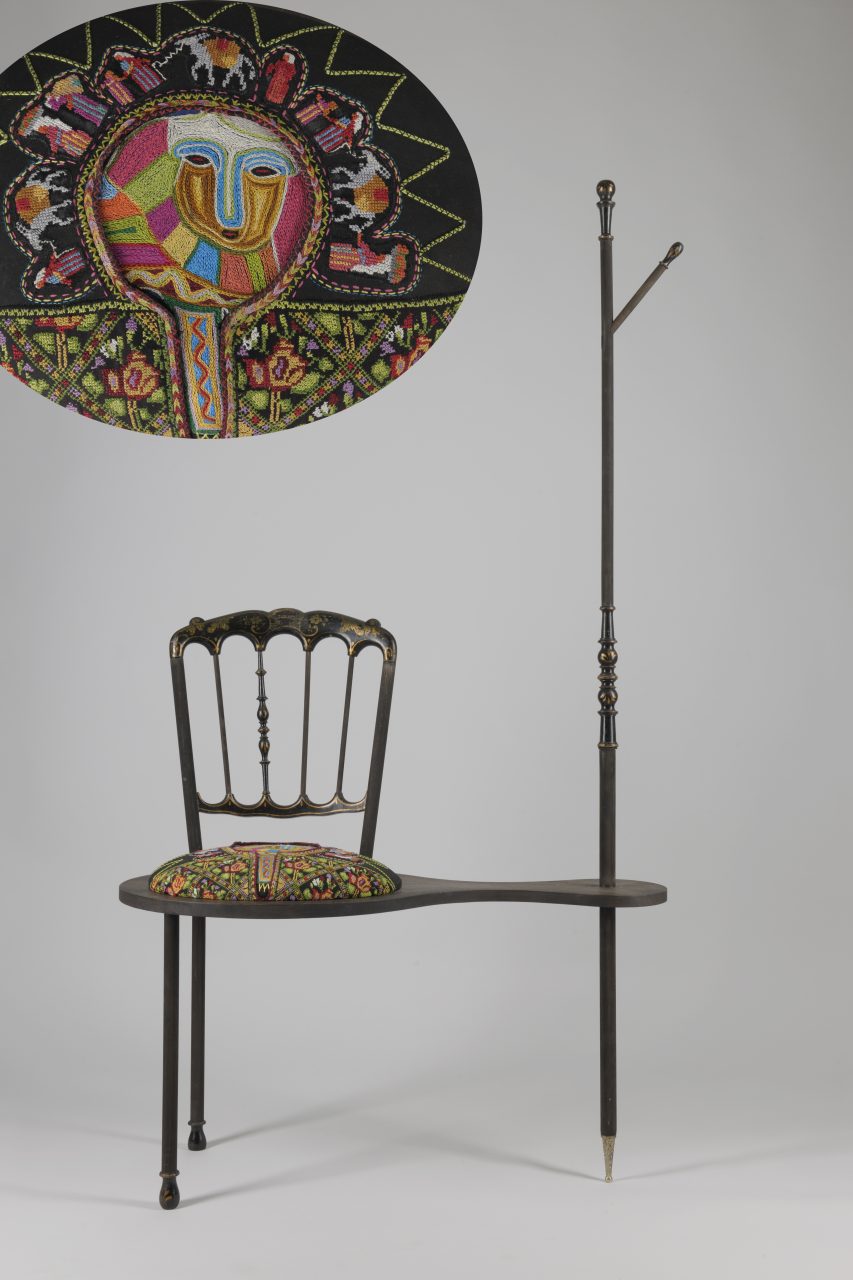
The Australian Utilitarian philosopher Peter Singer6 is an ardent critic of religion and speaks loudly on behalf of tolerance. He believes we should cancel the categories “male” and “female,” and encourage the notion of indeterminacy. His book Animal Liberation (1975), is a founding text of the animal rights movement. In it, he argues in favour of veganism, and in his essay “Famine, Affluence, and Morality,” he argues in favour of donating to help the global poor. His recent works are concerned with effective altruism, in which he asks: How can we use what we have to help others the most? In his Practical Ethics (1979), Singer is interested in the idea that one’s own interests cannot count for more than the interests of others7. In a later book, The Life You Can Save (2009), he argues that our we are complicit in the hunger and death of millions of people worldwide.
Nel Noddings, an American feminist and educator, is best known for her work in the philosophy of education and the ethics of care. Her focus is on our intimate relationships. She differentiates between natural, intuitive, and innate caring between “wanting to care,” “ethical caring,” and “needing to care.” In her most recent works, Educating for Intelligent Belief or Unbelief (1993) and Philosophy of Education (1995,) she investigates the field of social psychology8. Like Carol Gilligan, she accepts that state-based judicial approaches are influenced by patriarchal concepts, and defends the notion that care is “rooted in receptivity, relatedness, and responsiveness.”9 For her, caring is a ‘feminine’ approach to ethics and to moral education. It requires attention to the position of the other, and it must have a cause and an effect, beyond cultural “obligation.”
The French philosopher Cynthia Fleury claims that without care, society collapses10. In her book Care Is Humanism, she explains why care has become central to our societies. According to her, a society of caring is one in which we understand that our interdependencies are forces that enable us to transform the world in the most creative and supportive way possible.
Within a society that cultivates individualism to its extreme, we must remember that each person is dependent upon others for all factors of life. Children are dependent upon parents, and we are all dependent upon our education and health systems. Ageing communities are dependent upon their offspring as well as the system of care takers. Those who are excluded, for whatever reason, from mental to social or physical differences, rely upon the capacities, judgements, and propositions of care.
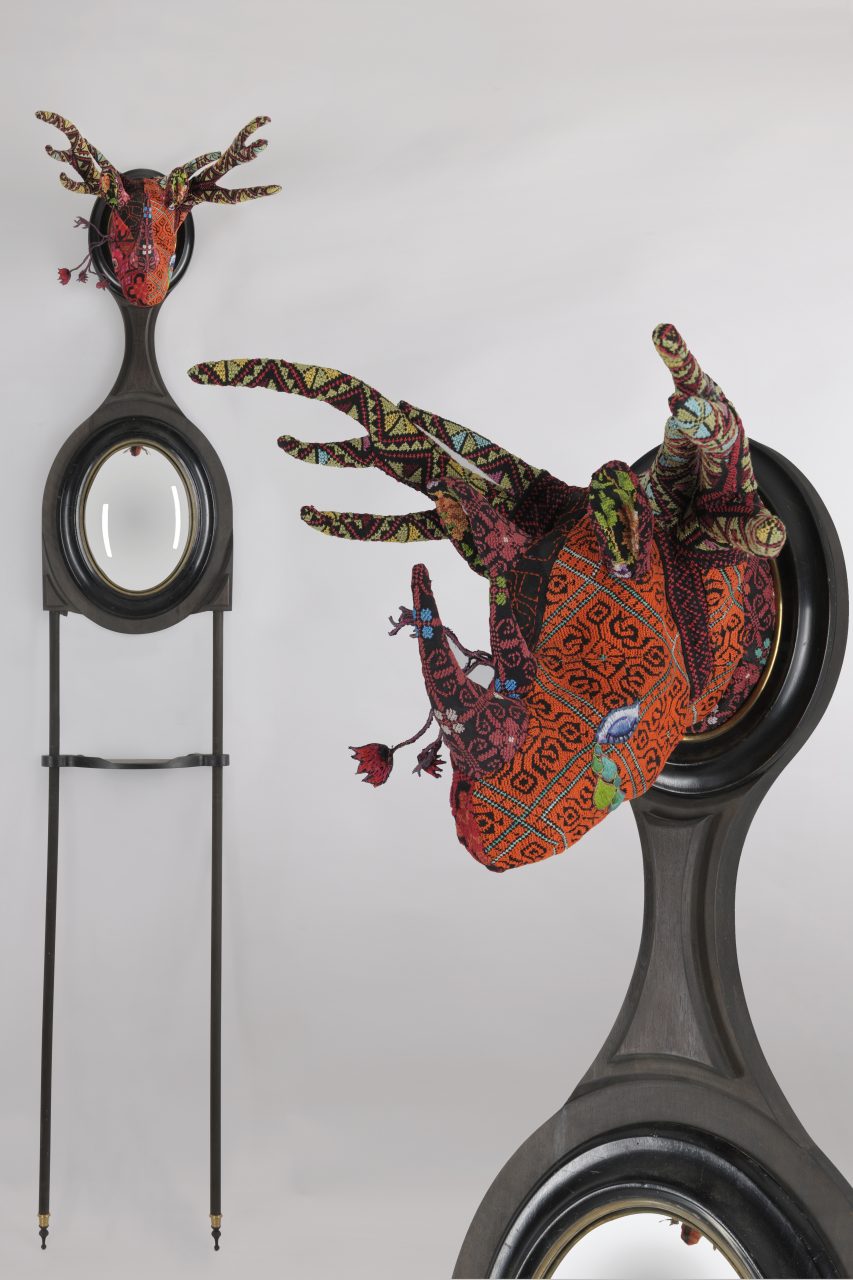
The 19th-century English art critic John Ruskin commented on the role of the artist in society via the works of J.M.W. Turner. For Ruskin, an artist must get involved in a society’s well-being. In his work, Modern Painters, he argued that, “the art is greatest which conveys to the mind of the spectator, by any means whatsoever, the greatest number of the greatest ideals; and I call an idea great in proportion as it is received by a higher faculty of the mind….”11
The arts invite us to feel differently, to move out of the comfortable zones of the self into a different and wider world. Art allows us to disobey logic, to open roads to passion and to others. Artists “draw on their wellsprings of inspiration to reveal the secret known to all artists at all times, that there is a difference between the ineluctable laws of nature and unjust social orders… created by human beings.”12

Chekhov argued that “The role of the artist is to ask questions, not answer them.” William S. Burroughs said that “Artists… are the real architects of change, and not the political legislators who implement change after the fact.” Perhaps that is why, as Flaubert said, “You don’t make art out of good intentions.” Henry Miller put it best: “Who but the artist has the power to open man up, to set free the imagination? The others—priest, teacher, saint, statesman, warrior—hold us to the path of history. They keep us chained to the rock, that the vultures may eat out our hearts. It is the artist who has the courage to go against the crowd; he is the unrecognized ‘hero of our time’—and of all time.”13
Through the vision of artists and philosophers, we must comprehend that while collective responsibility is the only road of civilisation, it is not in any way a negation of individual freedoms. Art opens the doors to the recognition of the other as the mirror of self, a necessary step in the creation of a culture of empathy.
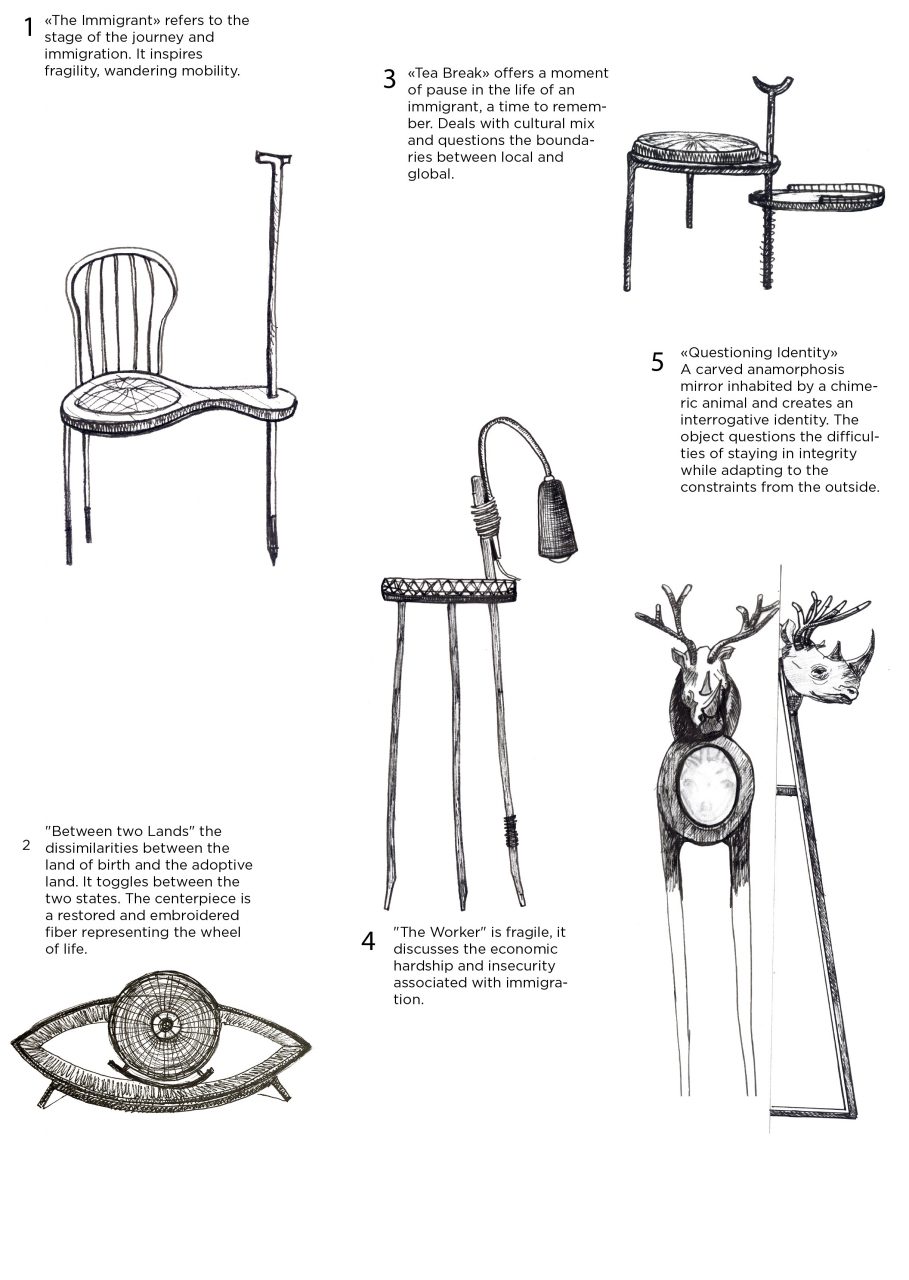
Collective memory, migration, identity, sharing and cultural diversity are at the heart of Embroidered Memories, an interdisciplinary project initiated in 2011 by artist Tal Waldman. Presented as a family of objects expressing different states inherent to the life of an immigrant, five works were born through an unprecedented collective and responsible process that brought together a dozen people – including seven artisans, a photographer and a journalist. Embroidered Memories is above all a human, cultural and social project. It speaks of the improvement, of collective memory, of the way we position ourselves in relation to what has been before us, but also of tolerance, patience and acceptation of difference. At the heart of this unprecedented creative adventure – articulated around experimental model of collaborative production, is the figure of the migrant, or rather the situations and states associated with them, whose richness is highlighted, not their potential weakness. The themes of the journeys, memories, economic difficulties, the maintenance of integrity in a context of change, and the dissimilarities between the homeland and the adoptive land are all addressed this manner.
The project originated in 2011, when the artist, while staying in Jerusalem, discovered a set of embroidered Palestinian dresses – some of which were made several decades ago – in an alleyway of the old city, which revived childhood memories. This lead to assiduous research into Palestinian, then Israeli, Ethiopian and Moroccan embroidery. Liking the idea of confrontation that this research implies, the notions of time and memory, she works a lot from existing material. The material is the key, it carries “a certain intention, a certain concept; in this particular case, we are talking about migration, so the embroidered material translates the places of birth”. To conjure up the territories of adaptation and adoption, the artist chose to use elements of French furniture – the back of a chair and a Napoleon III cane, a mirror, a tray, etc. – salvaged here and there. This work is based on creations from elsewhere, made by other craftsmen, and requires “a great deal of delicacy and respect” so as not to erase what was there before. “This previously crafted material, the energy it had been able to absorb, influenced the path followed by each of us, almost as a global methodology.” From the outset, this was a search for harmony, “a real metaphor for my call for tolerance”. Tal Waldman then invented an evolutionary process that she called directed chance. Putting egos aside and letting the materials guide. She kept defining a way to move from one room to another, to make people feel a sense of family. Tal found it important to highlight the working process as well as the multiplicity of origin of the materials, which is why she looked for a journalist to document the unique working model and a photographer who interprets the gestures of the work. This allows her to insist on the idea that it is indeed the human being who is at the centre of this project.
Collaborators: Jennyfer Moret, Roman Maldague, Hubert Kerléo, Philippe Moreau, Pascal Frisa, Alain Nimsgern, Christine Bruckner, Thomas Bremond, and Anne-Sophie Pellerin.
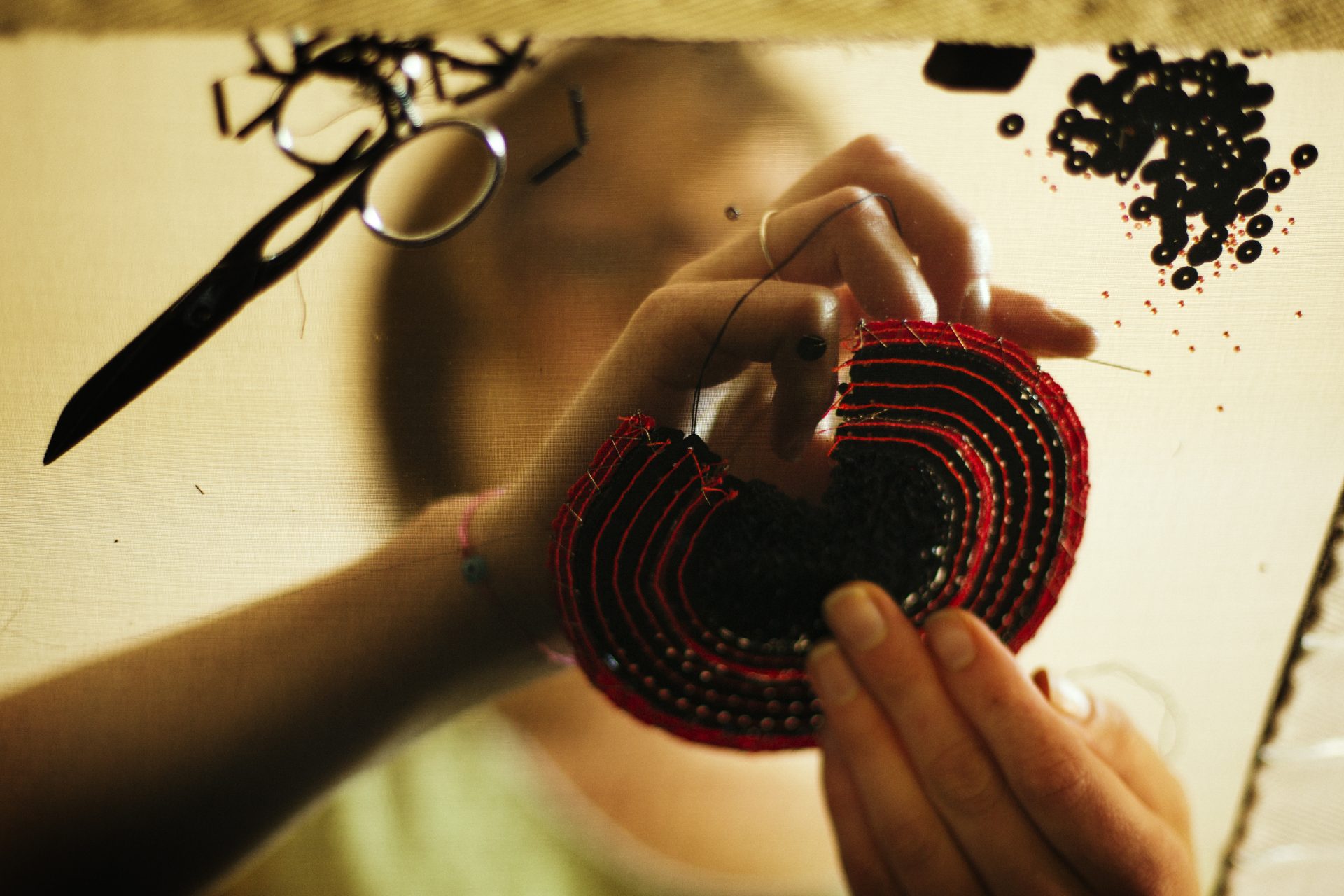

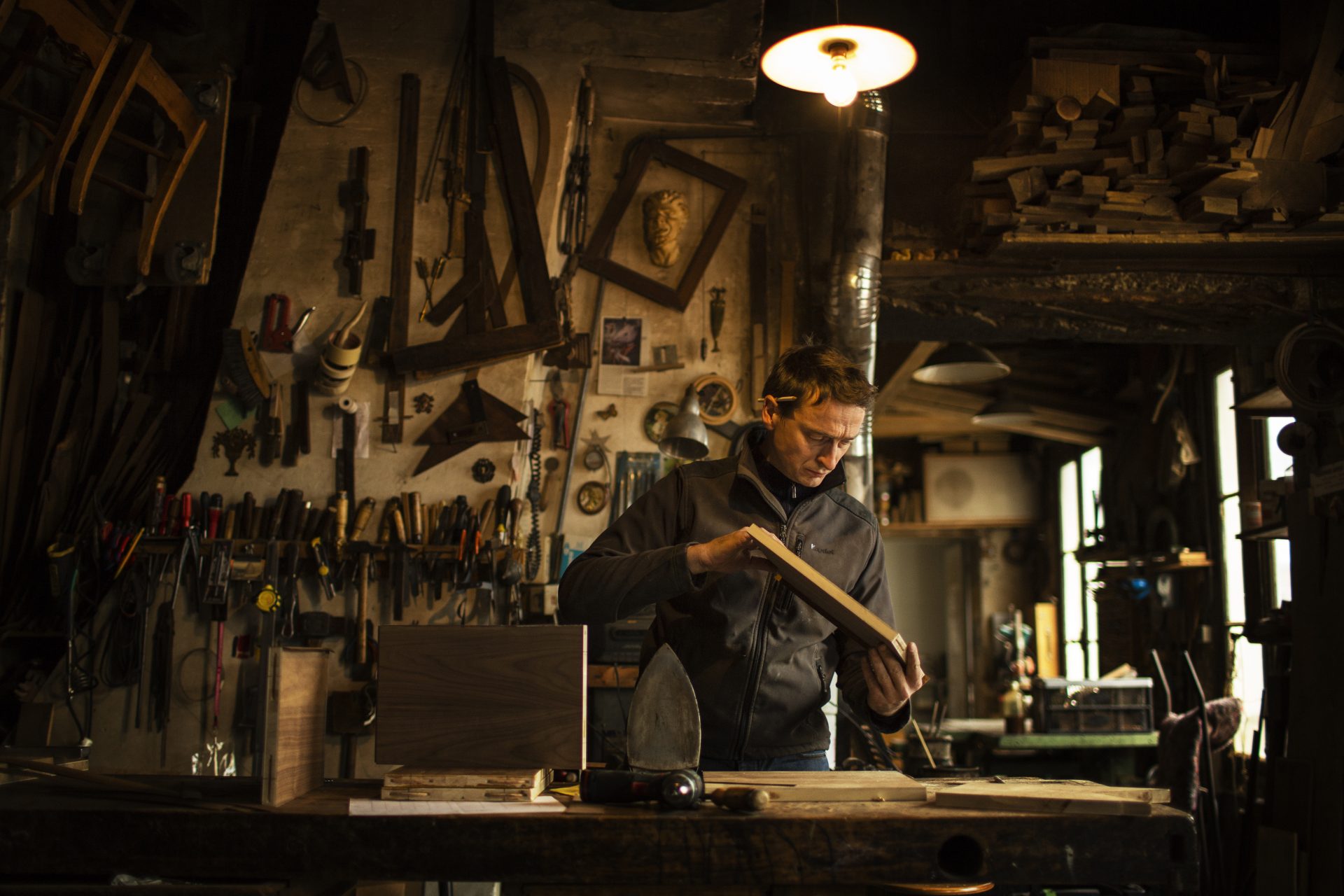
References
1Internet Encyclopaedia of Philosophy: https://iep.utm.edu/care-eth/
2[https://iep.utm.edu/care-eth/]
3[https:// https://www.care.org/careers/www.artsy.net/article/artsy-editorial-hospital-art-helps-people-heal-artworks-care]
4[https://healthresearchfunding.org/carol-gilligan-moral-development-theory-explained/]
5[https://www.thoughtco.com/ethics-of-care-4691476]
6[https://www.nytimes.com/2016/12/19/books/ethics-in-the-real-world-peter-singer.html]
7[Peter Singer, Animal Liberation, HarperCollins, 1975, pp. 211, 256]
8[“Nel Noddings, the ethics of care and education” : https://infed.org/mobi/nel-noddings-the-ethics-of-care-and-education/]
9[Nel Noddings, Caring : A Feminist Approach to Ethics and Moral Education. University of California Press, 1984, pp. 11-12]
10[Cynthia Fleury, “Sans le Care, la société s’effondre” : https://www.brut.media/fr/news/penser-demain-la-societe-du-care-selon-cynthia-fleury-6eed4bab-168b-4773-a912-2304ce19d302 ]
11[https://blogs.baylor.edu/britlit/2014/11/17/ruskin-what-is-the-artists-role-in-society/]
12[https://www.onassisusa.org/events/symposium-2016?m=3&h=19]
13[ Henry Miller, Stand Still Like the Hummingbird, New Directions, 1962]
Margalit Berriet is a painter with a Master of Fine Arts from New York University and has been exhibited internationally in solo and group shows. Since 1984, she has published several essays and a book, and has initiated multidisciplinary art events and conferences in the USA, Europe, Africa, Asia, and the Middle East, promoting, via the arts, a better knowledge of cultural diversity and fostering intercultural dialogue. In 2003, she founded Mémoire de l’Avenir. She has collaborated with public and private institutions, including UNESCO, CIPSH, Musée du quai Branly, Centre George Pompidou, the Louvre, Dapper, Musée d’Arts et d’Histoire de Judaism, the Institut du Monde Arabe, and Musée de l’Homme.
Tal Waldman is an interdisciplinary artist who investigates inner landscapes through introspection. Giving importance to a process and valuing experimentation and research, Tal often works in series that include artworks and writings, dividing her time between creation, research and publishing. Her works are inspired by the different cultures she encountered during her residencies and her studies in art and architecture in Israel, India, Germany, Greece and Paris where she lives.
Polymorphic in nature, Tal uses different mediums, sculpture, photography & installation, but her center of gravity remains drawing. Her artistic creation focuses on experimentation with natural expressive qualities of different mediums, respecting their contribution as emotional generators. This focus in experimenting with material opens her journey to collaborations and integration of traditional savoir-faire in her process. Coming up in October is a retrospective of Tal’s work related to glass and savoir-faire in the museum “Cité de Vitrail” of Troyes.
In recent years, Tal explores perception changes and awareness through gestural and subconscious experiments. These days she finishes writing a book on two years collaborative research – “Visualizing the invisible, a journey into silence” on the crossroad between art-body and awareness.
Winner of several awards, her work is exhibited internationally in both galleries and museums. Latest actuality includes, two excellence awards for her drawings attributed by the American university of Paris and the Modern Art Energy Japan; A growing collaboration with several Murano (Italy) institutions for embodying her sculptures in glass and writing articles for a British online cultural journal – The Culturium.
Margalit Berriet is a painter with a Master of Fine Arts from New York University and has been exhibited internationally in solo and group shows. Since 1984, she has published several essays and a book, and has initiated multidisciplinary art events and conferences in the USA, Europe, Africa, Asia, and the Middle East, promoting, via the arts, a better knowledge of cultural diversity and fostering intercultural dialogue. In 2003, she founded Mémoire de l’Avenir. She has collaborated with public and private institutions, including UNESCO, CIPSH, Musée du quai Branly, Centre George Pompidou, the Louvre, Dapper, Musée d’Arts et d’Histoire de Judaism, the Institut du Monde Arabe, and Musée de l’Homme.
Tal Waldman is an interdisciplinary artist who investigates inner landscapes through introspection. Giving importance to a process and valuing experimentation and research, Tal often works in series that include artworks and writings, dividing her time between creation, research and publishing. Her works are inspired by the different cultures she encountered during her residencies and her studies in art and architecture in Israel, India, Germany, Greece and Paris where she lives.
Polymorphic in nature, Tal uses different mediums, sculpture, photography & installation, but her center of gravity remains drawing. Her artistic creation focuses on experimentation with natural expressive qualities of different mediums, respecting their contribution as emotional generators. This focus in experimenting with material opens her journey to collaborations and integration of traditional savoir-faire in her process. Coming up in October is a retrospective of Tal’s work related to glass and savoir-faire in the museum “Cité de Vitrail” of Troyes.
In recent years, Tal explores perception changes and awareness through gestural and subconscious experiments. These days she finishes writing a book on two years collaborative research – “Visualizing the invisible, a journey into silence” on the crossroad between art-body and awareness.
Winner of several awards, her work is exhibited internationally in both galleries and museums. Latest actuality includes, two excellence awards for her drawings attributed by the American university of Paris and the Modern Art Energy Japan; A growing collaboration with several Murano (Italy) institutions for embodying her sculptures in glass and writing articles for a British online cultural journal – The Culturium.
